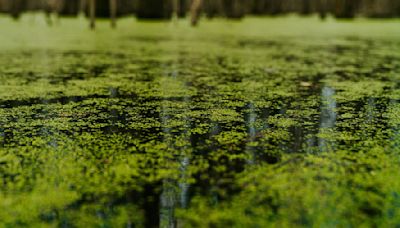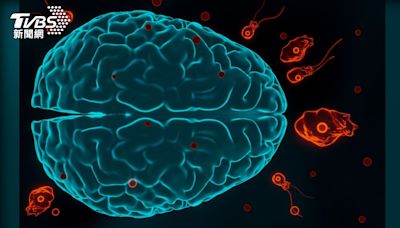搜尋結果
Entomophagy ( / ˌɛntəˈmɒfədʒi /, from Greek ἔντομον éntomon, 'insect', and φαγεῖν phagein, 'to eat') is the practice of eating insects. An alternative term is insectivory. [1] [2] Terms for organisms that practice entomophagy are entomophage and insectivore .
Naegleria fowleri, also known as the brain-eating amoeba, is a species of the genus Naegleria. It belongs to the phylum Percolozoa and is technically classified as an amoeboflagellate excavate, [1] rather than a true amoeba.
Differences between Shinjitai and Simplified characters in the Japanese and Chinese languages exist. List of different simplifications [ edit] The old and new forms of the Kyōiku Kanji and their Hànzì equivalents are listed below. [1] In the following lists, the characters are sorted by the radicals of the Japanese kanji.
The brain is the central organ of the human nervous system, and with the spinal cord makes up the central nervous system. The brain consists of the cerebrum, the brainstem and the cerebellum.
A lobotomy (from Greek λοβός (lobos) 'lobe', and τομή (tomē) 'cut, slice') or leucotomy is a discredited form of neurosurgical treatment for psychiatric disorder or neurological disorder (e.g. epilepsy, depression) that involves severing connections in the brain's prefrontal cortex. [1] The surgery causes most of the ...
Tardigrades ( / ˈtɑːrdɪɡreɪdz / ), [1] known colloquially as water bears or moss piglets, [2] [3] [4] [5] are a phylum of eight-legged segmented micro-animals. [2] [6] They were first described by the German zoologist Johann August Ephraim Goeze in 1773, who called them Kleiner Wasserbär ( 'little water bear' ). [7]
The ouroboros or uroboros ( / ˌjʊərəˈbɒrəs /; [2] / ˌʊərəˈbɒrəs / [3]) is an ancient symbol depicting a serpent or dragon [4] eating its own tail. The ouroboros entered Western tradition via ancient Egyptian iconography and the Greek magical tradition. It was adopted as a symbol in Gnosticism and Hermeticism and most notably in alchemy.










